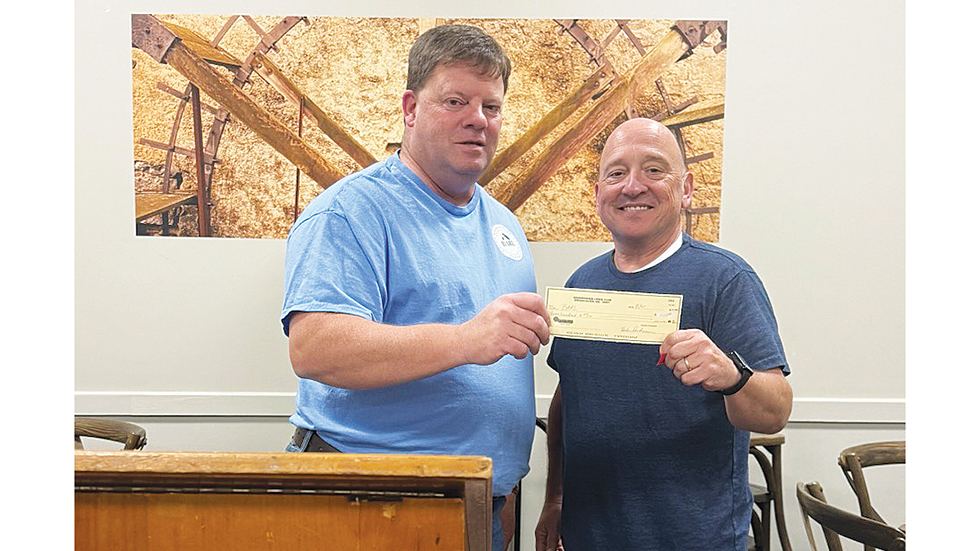Putting AEDs in Mississippi’s public schools is a good move
Published 1:00 pm Sunday, February 12, 2023
Five weeks ago, millions of Americans watched as Damar Hamlin collapsed on the field during a Monday Night Football game.
The young, powerful Buffalo Bills player suffered a sudden cardiac arrest. Thanks to the availability of an automated external defibrillator, commonly known as an AED, on-site medical personnel were able to shock Hamlin’s heart back into rhythm and save his life.
Now, a bill in the Mississippi Legislature aims to make the same life-saving technology available in all public schools throughout our state.
Trending
Sponsored by Sen. Briggs Hopson (R-Vicksburg), Senate Bill 2750 is inspired by Project ADAM, a nationwide campaign that has been credited with saving the lives of more than 200 children and adults since 1999.
Project ADAM was founded by Patty and Joe Lemel, whose 17-year-old son Adam collapsed and died while playing basketball at his Wisconsin high school. Adam suffered a sudden cardiac arrest, just like Damar Hamlin, and defibrillation could have saved his life. Project ADAM works to raise awareness about sudden cardiac arrest in children and adults, and to create safety nets — such as the availability of AEDs in school settings — to respond to incidents of sudden cardiac arrest.
Providing these devices seems like yet another “no-brainer” for legislators. Statistics show that less than 10 percent of children and teenagers who suffer sudden cardiac arrest will survive unless their hearts can be shocked back into rhythm. And having AED devices available at schools means that both the grandfather watching in the stands and the child on the court have access to AEDs should a sudden cardiac arrest take place.
In rural Mississippi schools, with limited access to emergency health care services and hospitals, these devices could mean the difference between life and death.
But those AEDs are expensive — about $1,900 each — and many public schools in Mississippi are struggling just to fund teacher salaries and textbooks in classrooms. That’s where Senate Bill 2570 can help.
With a one-time investment of $5 million, the Mississippi State Department of Health can create a grant program that will provide an AED for any public school in Mississippi that requests the device. Local districts would be required to provide training on the device, but those services are provided by agencies such as the Red Cross.
Trending
In a state struggling to address overarching health care issues like maternal health, providing Medicaid services to the working poor, and funding endangered rural hospitals, the investment in AED devices for public schools may seem trifling.
But it’s not. Putting AEDs in public schools is a real, effective way to provide life-saving technology in every corner of our state. And if lawmakers need a reminder of that, they should just remember Damar Hamlin.





